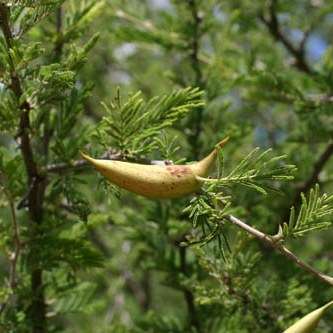



5 Acacia luederitzii Seeds - False Umbrella Thorn Tree - Beautiful Hardy Indigenous Tree - Edible
Check my rate
| Main centres: | 1-3 business days |
| Regional areas: | 3-4 business days |
| Remote areas: | 3-5 business days |




| Main centres: | 1-3 business days |
| Regional areas: | 3-4 business days |
| Remote areas: | 3-5 business days |

Acacia luederitzii Seeds
False Umbrella Thorn, Kalahari Acacia; Baster-haak-en-steek

Acacia is a large genus, in the Fabaceae family, that contains over 1200 species of trees and shrubs from warm climates. Some are deciduous but most are evergreen. Over 700 species are native to Australia. There are 40 species, subspecies and varieties of Acacia indigenous to South Africa. They range from low-growing shrubs to tall trees and many have been introduced to other countries for economic and ornamental purposes. Acacias are also common in tropical and subtropical Africa; most African species are characterized by vicious spines and referred to as ‘thorn trees’. The name Acacia is derived from "akis" meaning a point or barb. Acacias have either bipinnate leaves or their leaves are replaced by flattened leave stalks, known as phyllodes, which perform the function of photosynthesis. The flowers, ranging from deep golden yellow to cream or white, and crowded into globular heads or cylindrical spikes, are often fragrant and produce abundant, bee-attracting pollen. The fruit of Acacias are either round or flattened pods. They do well in most parts of South Africa, and resist all butt frosts. Many of them make suitable bonsai candidates. The hard coated seeds remain viable for up to 30 years. They should be treated by heating and soaking for germination in spring. In cultivation many species are fast-growing but short-lived (10-15 years). They do best in full sun and well-drained soil. Some will take part-shade. Prune to shape after their flowers have fallen. Acacia luederitzii forms a medium-sized tree with a flattened to rounded canopy. When this tree is in flower it will attract butterflies to the garden. White-browed Sparrow-weavers also nest in the trees. The gum is edible, but not in common use. The fruit of Acacia luederitzii is also edible. Medicinally ash from this species is used to prevent infection of the naval in newborn babies. The wood and bark are used for fencing poles. Traditionally the bark and the root core are used to make arrow quivers & pestles. The bark fibers are used for hut building and to make cords for jewellery.

